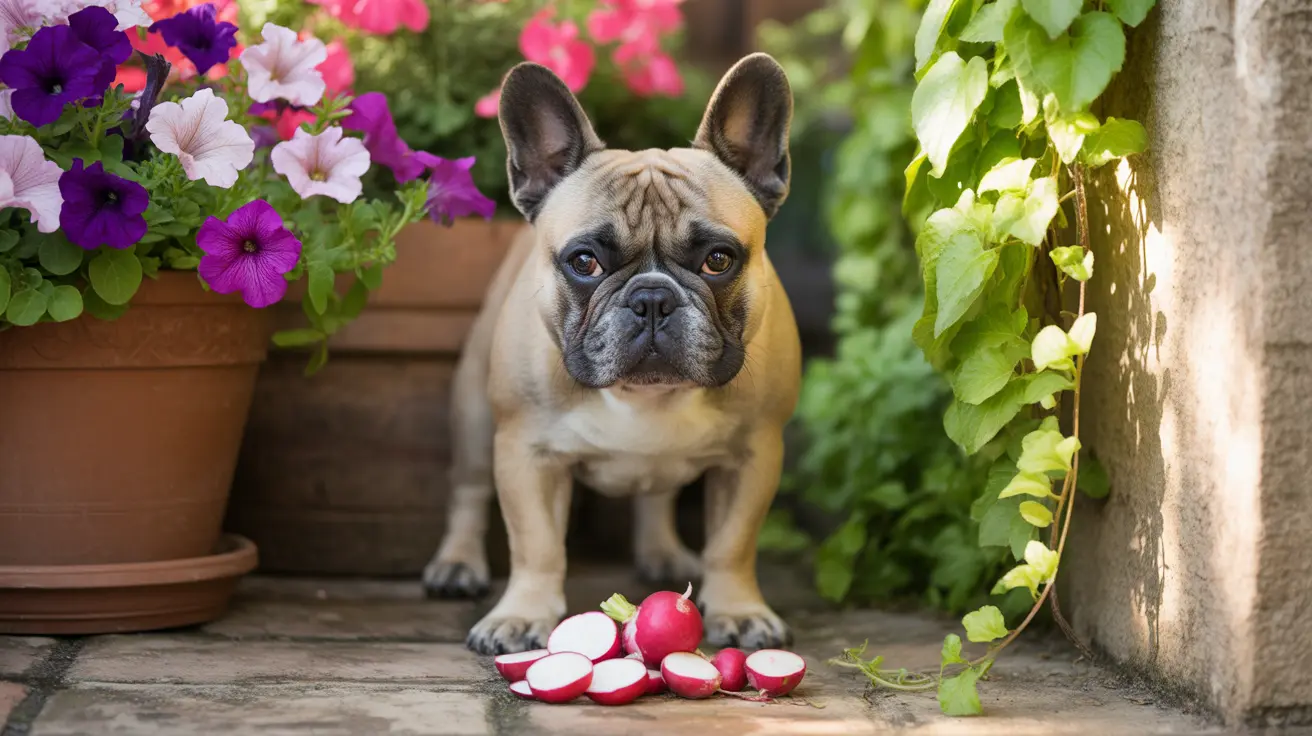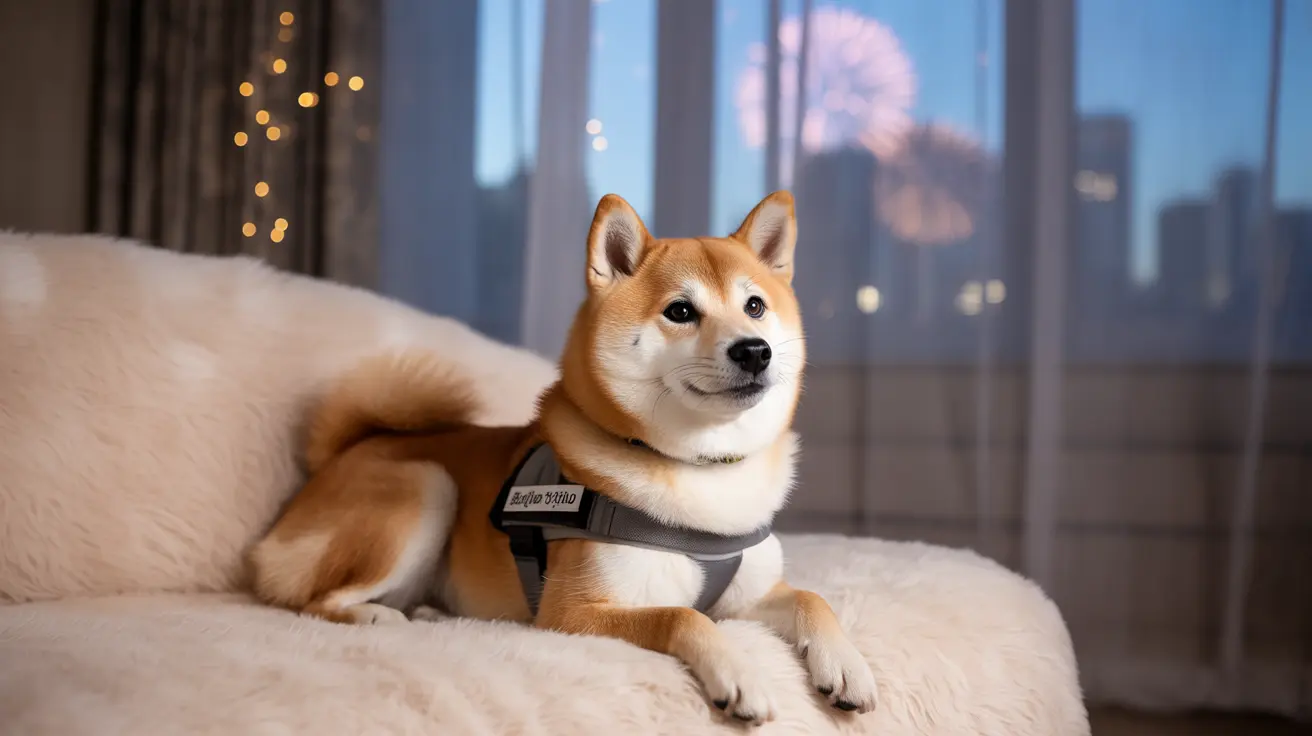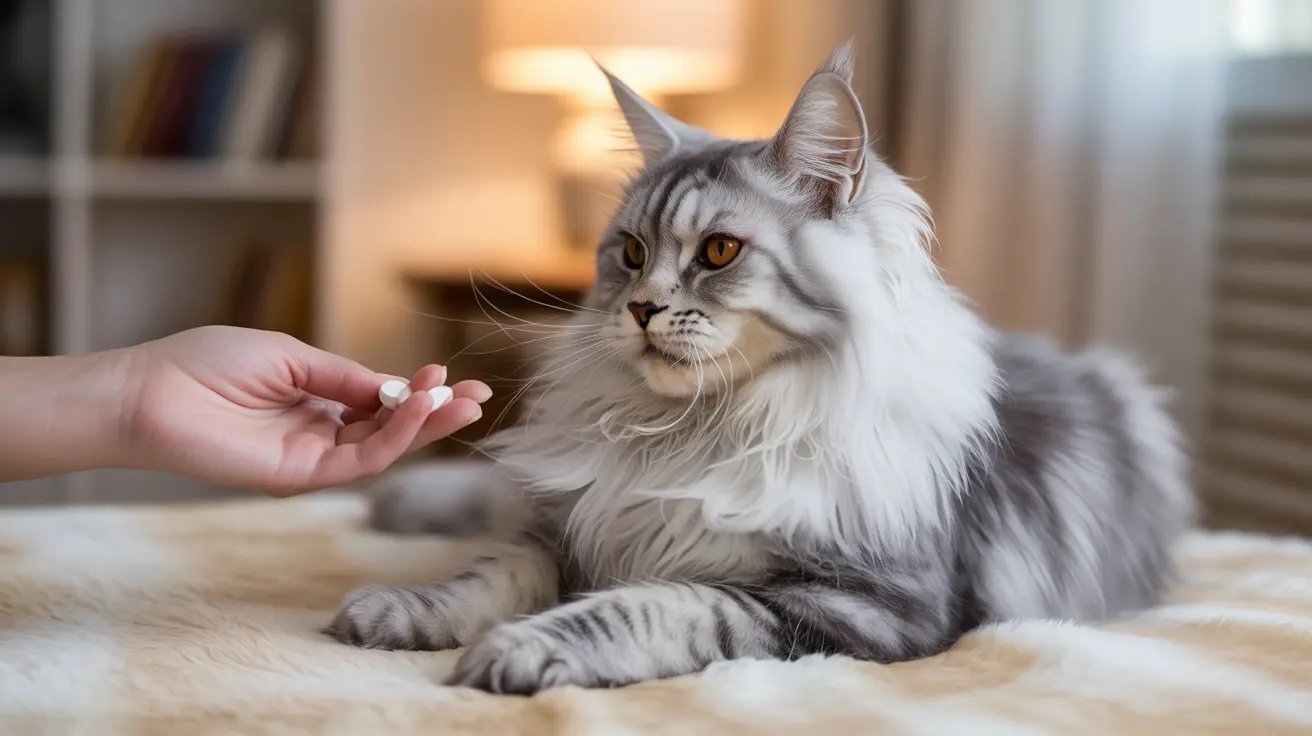How Cesar Millan Potty Trains a Puppy
Potty training is one of the most essential foundations for a well-behaved and respectful dog. According to renowned dog behaviorist Cesar Millan, successful potty training revolves around structure, consistency, supervision, and positive reinforcement. Whether dealing with a puppy or an adult dog, Millan emphasizes understanding the dog’s needs and behavior as keys to housebreaking success.
Establishing a Consistent Routine
A structured routine is critical. Puppies thrive on routine and predictability:
- Take your puppy out first thing in the morning
- Follow up after meals, naps, and play sessions
- Before bedtime and every couple of hours during the day
Regular outings help your puppy understand when and where to relieve themselves. Always take them to the same bathroom spot to encourage association with that location.
Supervision and Confinement
As Millan highlights, supervision prevents accidents and allows for immediate correction. Use these strategies:
- Keep the puppy within your sight at all times
- Use baby gates or tethering (leash tied to your waist)
- Crate train during unsupervised times
Proper crate size is crucial. The crate should be just large enough for your puppy to stand, lie down, and turn around, which discourages soiling the area.
Frequent Bathroom Breaks
Puppies have small bladders and need frequent opportunities to relieve themselves. In the beginning:
- Take your puppy out every 1–2 hours
- Immediately after eating or drinking
- Post nap or excited playtime
Regular breaks reduce indoor accidents and reinforce the appropriate times to go potty.
Use of Positive Reinforcement
Milan strongly advocates for using positive reinforcement over punishment.
- Celebrate success with enthusiastic praise and high-value treats immediately after outdoor elimination
- Timing is critical—offer rewards within seconds of the behavior
- Never punish accidents after the fact—dogs don’t associate past behavior with current correction
Recognize Elimination Cues
Understanding your puppy’s signals can prevent accidents:
- Sniffing the ground or circling
- Whining or heading toward the door
- Pacing or sudden stillness
Move quickly and calmly to take them outside when these cues arise. Delays can result in accidents.
Gradually Expanding Freedom
Freedom comes with earned trust. Initially, restrict your puppy to small spaces where you can watch them closely. As they demonstrate consistent good behavior:
- Gradually open access to larger areas of the home
- Reward good behavior with increased freedom
This treats house privileges as rewards for following rules.
Handling Accidents Calmly
Accidents will happen, especially in the early stages. Millan advises to:
- Interrupt gently if you catch them mid-act
- Direct them outside to the designated potty spot
- Clean thoroughly with enzymatic cleaners to remove scent cues
Scolding or punishment will only instill fear and can prolong the training process.
Account for Health and History
Some house training issues stem from health complications:
- Urinary tract infections
- Diabetes or hormonal imbalances
- Mobility or cognitive challenges
Always rule out medical causes with a vet if accidents are sudden or unusual.
Also, dogs adopted from shelters may not have consistent potty training backgrounds. Give these dogs time to adjust and consider support from a dog behaviorist if challenges persist.
Tracking and Adapting
Maintain a daily potty log including meal times, potty breaks, accidents, and cues. This helps identify patterns and enables you to adapt your schedule or training approach for better results.
When to Seek Help
If despite your consistency the dog continues to struggle, Cesar Millan recommends working with a certified dog trainer or behaviorist. Persistent accidents may also signal underlying emotional challenges such as anxiety, fear, or trauma.
The Cesar Millan Philosophy
Cesar Millan's methods are grounded in the belief that dogs need calm-assertive leadership, routine, and a balanced environment. Potty training fits into that framework by teaching dogs how and when to release energy appropriately.
With patience, routine, and positive reinforcement, even older dogs or challenging puppies can be successfully potty trained. The goal is not just cleanliness—it’s respect, discipline, and trust.





